The CRM market is shifting faster than ever, driven by customer expectations that no longer revolve around emails or long response cycles. Modern buyers expect real-time conversations, automation that removes friction, and systems that learn from interactions instead of simply storing them. This is where an AI-powered CRM becomes meaningful, not as a checklist.
Traditional systems were built to centralise data and manage pipelines. Picky Assist was built for continuous, automated engagement across messaging channels. When businesses evaluate an AI-powered CRM, the question is no longer about replacing data storage, but upgrading how customer communication works end-to-end.
The Shift from Record-centric to Conversation-centric systems
Most traditional CRMs still operate on a record-first architecture, designed to track contacts, accounts, and opportunities. They perform exceptionally well in structured environments where forecasting, reporting, and pipeline governance are priorities.
Picky Assist, however, approaches the CRM layer from a conversational and automation-driven standpoint. Instead of waiting for teams to manually update data, the platform captures interactions in real time through channels supported by CRM with WhatsApp which makes the system far more dynamic in fast-moving customer journeys.
In sectors where 70% of inbound queries are repetitive or status-based, automation can significantly reduce manual load and response time. Traditional CRMs can integrate messaging, but they were never fundamentally engineered around it.
Automation Depth and Operational Efficiency in AI powered CRM
An AI-powered CRM unlocks value only when automation is directly tied to real interactions, not static workflows. Picky Assist connects messaging triggers, customer data, and routing logic without requiring technical configuration. This is where the difference becomes measurable in daily operations.
Businesses using CRM WhatsApp integration often discover that the operational lift is not only in messaging but in eliminating manual follow-ups, missed leads, and inconsistent agent handovers. Traditional CRMs still rely heavily on human input unless extensively customised, which increases cost and time-to-value.
Picky Assist’s automation-first structure makes it possible to integrate WhatsApp with CRM systems already in place, so automation supports; not replaces, the primary CRM. The outcome is a hybrid model rather than a migration.
Messaging-first engagement as a Competitive Differentiator
Customer communication has moved from one-way broadcast channels to two-way, persistent threads. A platform like Picky Assist becomes more relevant when the business operates in markets where WhatsApp is the primary customer touchpoint.
With WhatsApp CRM tool capabilities, the platform closes the gap between communication and conversion. Traditional CRMs generally offer messaging modules through third-party add-ons, which introduces fragmentation in data ownership, analytics, and compliance.
An AI-powered CRM becomes more effective when context remains intact across every step, something messaging-native systems handle with far more precision.
Data Utilisation and Customer Intelligence in AI powered CRM
Traditional CRMs excel at long-term reporting, revenue forecasting, and account-level analytics. Their strength lies in structured data maturity. However, conversational data has historically been underutilised.
With an AI-powered CRM, message-level patterns can inform customer segmentation, intent recognition, and prioritisation. Picky Assist translates conversational triggers into structured insights without manual intervention. This becomes important for businesses scaling high-volume interactions, where message flow, not form submissions; drives customer progression.
The result is not just faster responses, but smarter routing and reduced operational overhead driven by automated relevance rather than static rules.
When each model makes sense
| Feature / Aspect | Picky Assist CRM (WhatsApp-/automation-first) | Traditional CRM (Salesforce, Zoho CRM etc.) |
| Primary focus | Conversational automation, messaging (especially WhatsApp), quick inbound/outbound messaging workflows. | Broad customer lifecycle management: lead/opportunity pipeline, sales, marketing, service, reporting. |
| Channels supported | Built for messaging channels and webhooks; with strong WhatsApp and Instagram integration. | Extensive ecosystem with limited integrations. |
| Automation & workflows | Focused on conversational flows, auto-replies, broadcasters, and instant triggers. | Mostly not present as manual updation might be needed |
| AI & smart features | Often includes chatbots, template responses, message personalization, NLP for intent (varies by plan). | AI features are limited within traditional CRMs |
| Integrations | Easy integrations with messaging APIs, Zapier, webhooks, and common tools; strong for messaging pipelines. | Limited integration with third-party tools |
| Reporting & analytics | Conversational metrics, delivery rates, response times, simple dashboards. | Minimal reporting capabilities |
A traditional CRM remains the best choice when:
- Enterprise forecasting and multi-layer reporting are central requirements
- The organisation depends on legacy systems or ERP-driven workflows
- Sales cycles are long and deeply structured
Picky Assist becomes the stronger option when:
- WhatsApp engagement is the primary acquisition and support channel
- Automation must activate customer journeys in real time
- Teams need outcomes without technical dependency
Picky Assist manages conversational automation, while the traditional CRM maintains the system of record. This is where an AI-powered CRM system delivers its full impact, predictive insight supported by real interaction data.
Final Perspective
The comparison between Picky Assist and traditional CRMs is about architectural purpose. Traditional platforms still define the foundation of sales and reporting, but the modern customer journey is no longer system-driven; it is conversation-driven.
The businesses gaining the fastest advantage are those aligning automation, messaging, and CRM data into a single operational flow. An AI-powered CRM becomes the catalyst only when the organisation moves beyond storing information and starts activating it.
FAQs on AI-powered CRM
1. What is the benefit of using a WhatsApp CRM with existing systems?
A WhatsApp CRM helps businesses manage conversations, automate replies, and centralise message history. When paired with a traditional platform, the business avoids data silos and improves response consistency without changing core systems.
2. Can I integrate WhatsApp with my current CRM without replacing it?
Yes. Most companies choose to integrate WhatsApp with CRM platforms rather than migrate. Tools designed for CRM integration with WhatsApp allow messages, contacts, and automation triggers to sync into the primary database without disrupting existing processes.
3. Is an AI powered CRM necessary for small and mid-size businesses?
An AI-powered CRM is valuable when the business handles high-volume messaging, wants to reduce repetitive tasks, or needs faster qualification. The benefit is not size-based, it depends on how often conversations influence revenue and support.

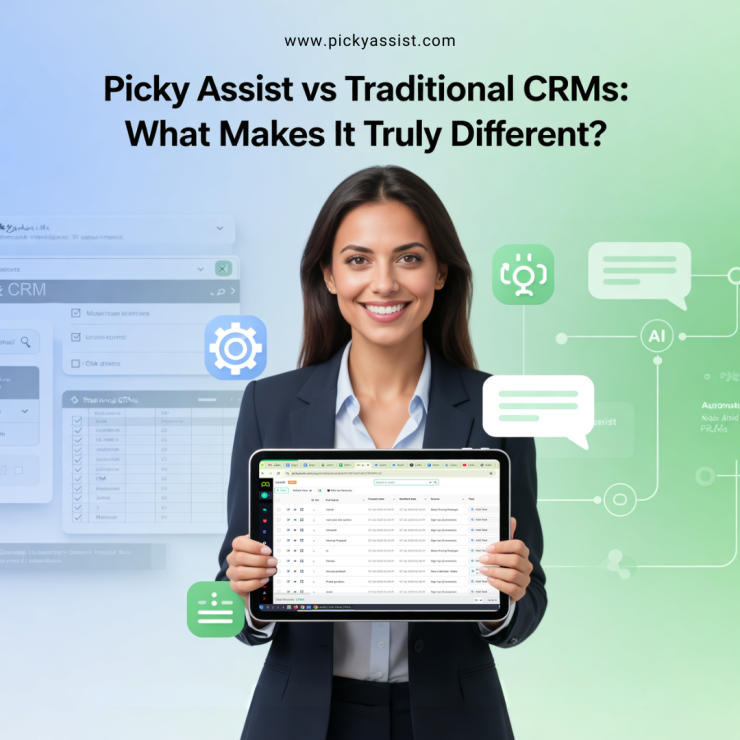
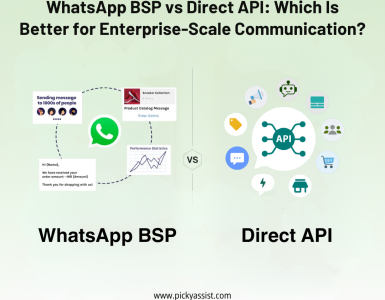
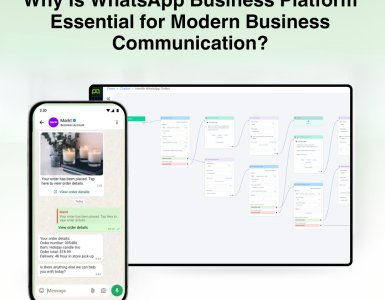
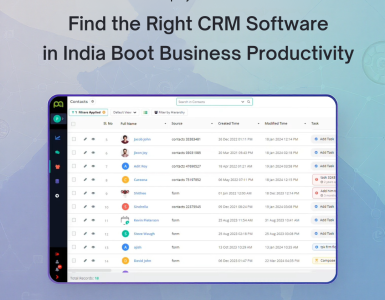
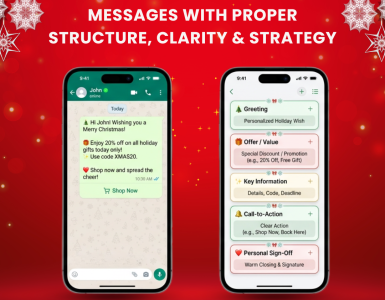
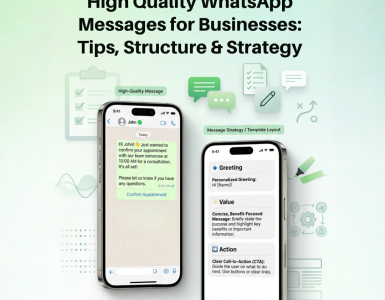
Add comment